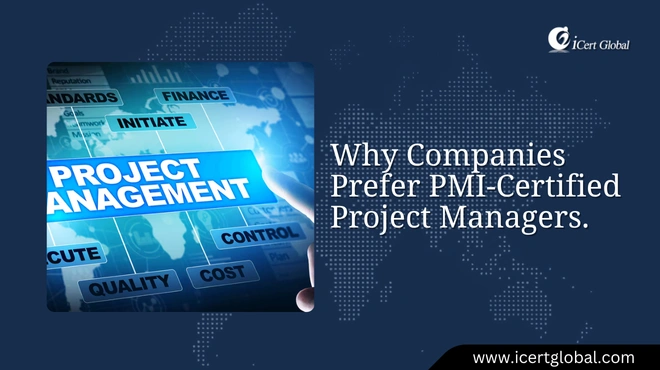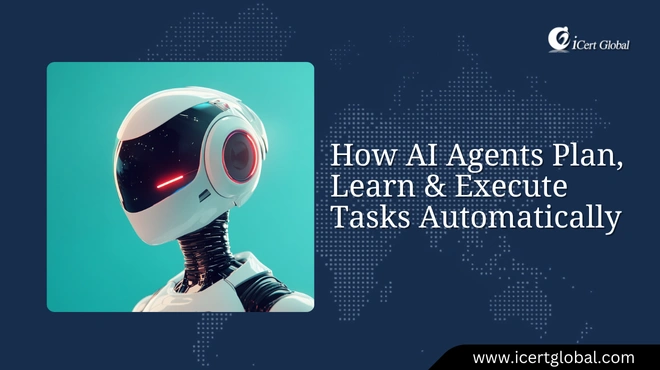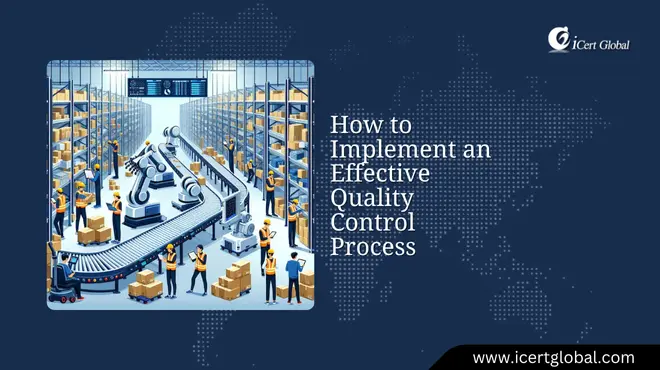Latest Articles
How to Create Effective Data Visualizations for Better Decision-Making
Big data analytics not only processes vast amounts of information but also enables the creation of visualizations that d...
Online Marketing Made Simple: How to Grow Your Business Faster
By understanding digital marketing and combining it with straightforward online marketing tactics, businesses can expand...
Why Quality Control Is the Backbone of Manufacturing Success
Quality control isn’t just a step in production—it’s the backbone of manufacturing success, guiding ev...
How Virtual Reality Can Boost Learning and Training Experiences
AI is helping companies make marketing smarter, while virtual reality is giving learning and training a similarly innova...
How Data Mining Helps in Making Data-Driven Decisions
Big Data applications we encounter daily rely heavily on data mining to uncover patterns and insights that drive more in...
How to Implement an Effective Quality Control Process
Whether in manufacturing or services, implementing an effective quality control process ensures that every product or se...
How Marketing Automation Can Boost Your Sales and Conversions
Digital marketing becomes even more powerful when integrated with marketing automation, helping businesses streamline th...
What is Information Security? A Complete Beginner’s Guide
While network security focuses on defending the digital pathways within an organization, information security protects t...
How Risk Analytics Helps in Better Decision-Making
Business analytics reveals key performance insights, while risk analytics ensures decisions are made with a clear unders...
Top Cloud Computing Platforms and Tools You Should Know
As cloud computing quietly powers everything from apps to global services, knowing the major platforms and tools helps p...
Common Challenges in Web Development and How to Overcome Them
Over 60% of software development teams report that technical debt accumulation, often the result of previous compromises...
Real-World Applications of Business Intelligence Across Industries
According to recent industry research, organizations which leverage their data effectively in making decisions are 6 tim...



.jpg)
















